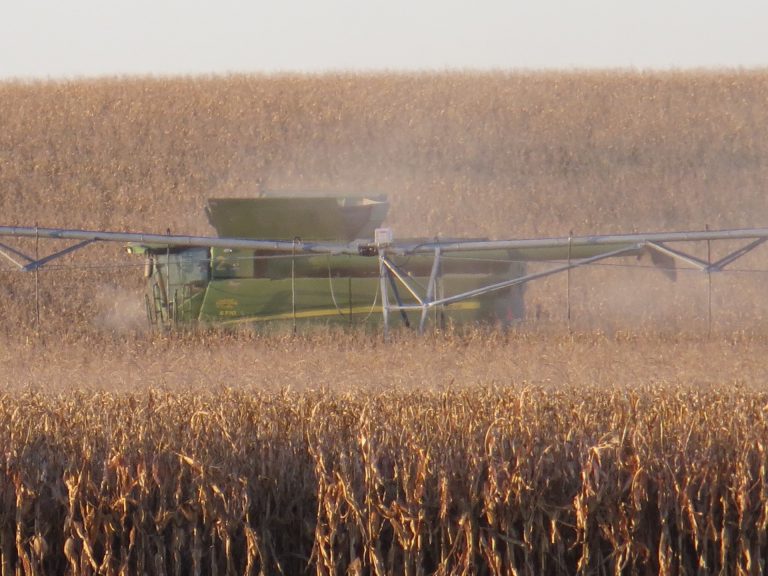
Fields of gold, roads of patience
By Todd Thompson Leavenworth County Attorney Special to the Tribune It stands tall and triumphant. It gleams in the morning dew. Its massive frame etches… Login to continue reading Login…

By Todd Thompson Leavenworth County Attorney Special to the Tribune It stands tall and triumphant. It gleams in the morning dew. Its massive frame etches… Login to continue reading Login…
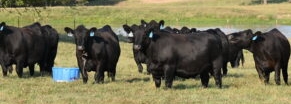
Cattle Chat: Parasite control strategies By Chevy-Lynn Vaske, K-State Extension news service MANHATTAN, Kan. — Cattle producers are rethinking traditional parasite control methods, shifting toward… Login to continue reading Login…
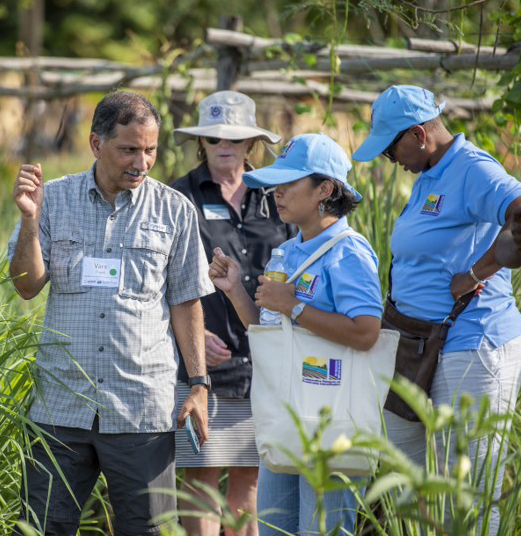
MANHATTAN, Kan. – One of the country’s leading authorities on diseases that can spread from animals to humans will be the 12th speaker in Kansas State University’s Henry C. Gardiner Global Food Systems lecture series.
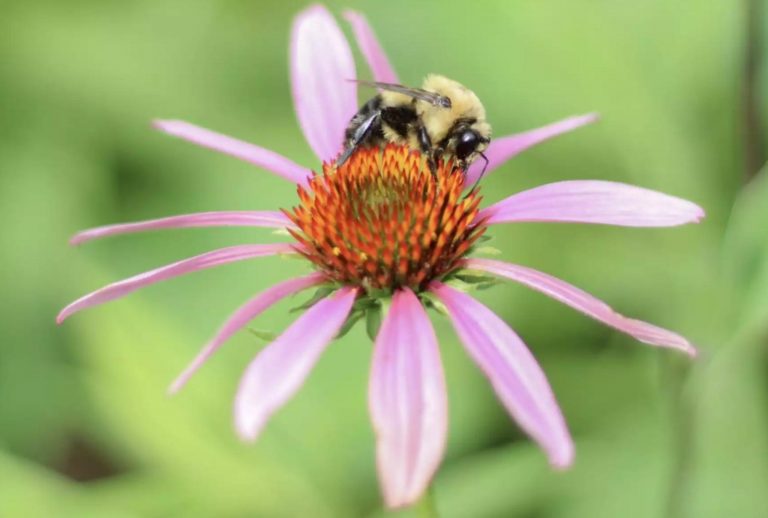
Missouri and Kansas are home to approximately 400 different bee species. Some residents are turning their yards and balconies into havens of native plants. To Tom Schroeder, every bee is a work of art.
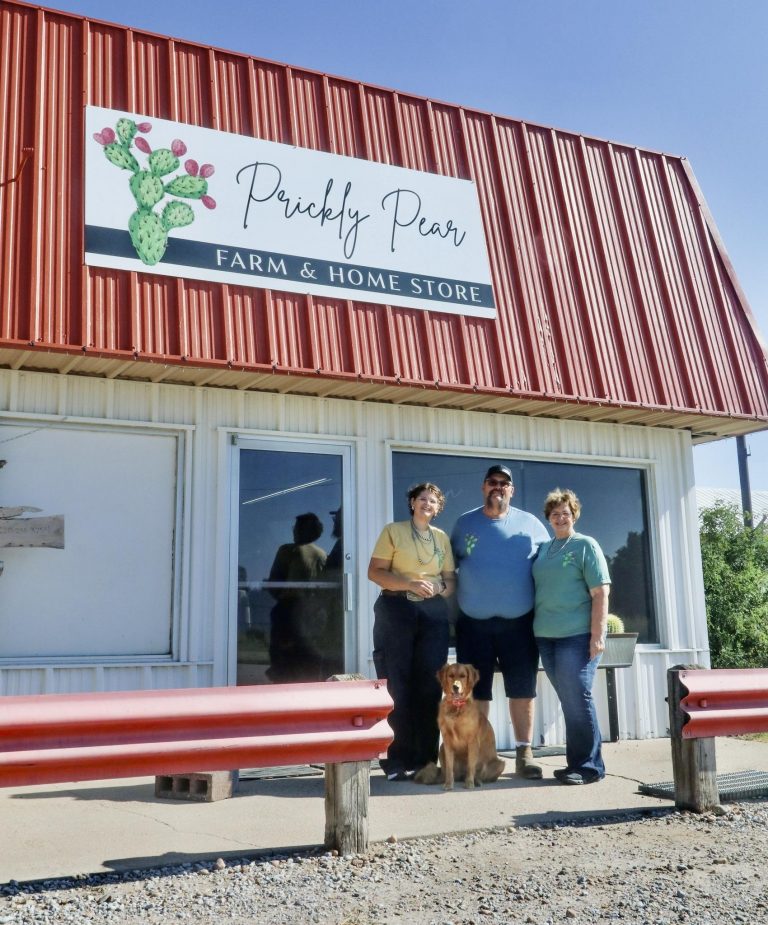
The importance of focusing on the customer is the message that comes through when a person visits with one young ruralpreneur who is using her skills to reinvigorate businesses in rural Kansas.
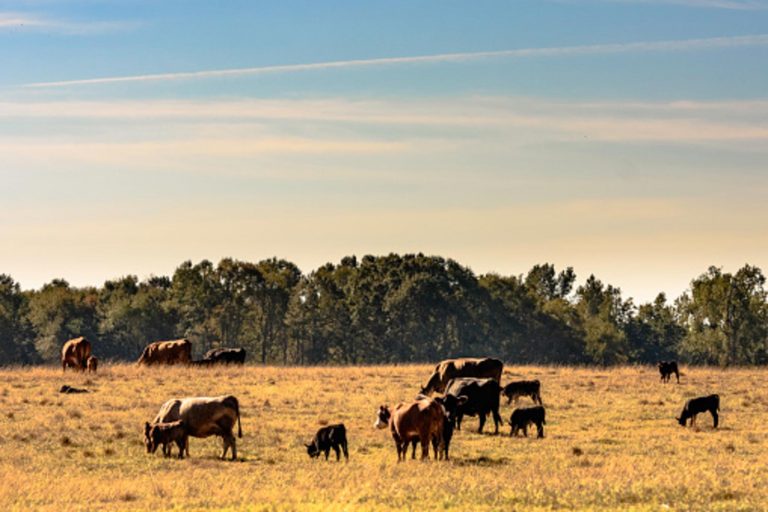
MANHATTAN, Kan. — For Charlie and Jeremy Kootz, a father-son team farming near the Kannapolis Reservoir in Ellsworth County, cover crops are more than conservation. For them, it’s about building healthier soils, reducing erosion, protecting water supplies, improving profitability, and extending the grazing season into fall and winter.
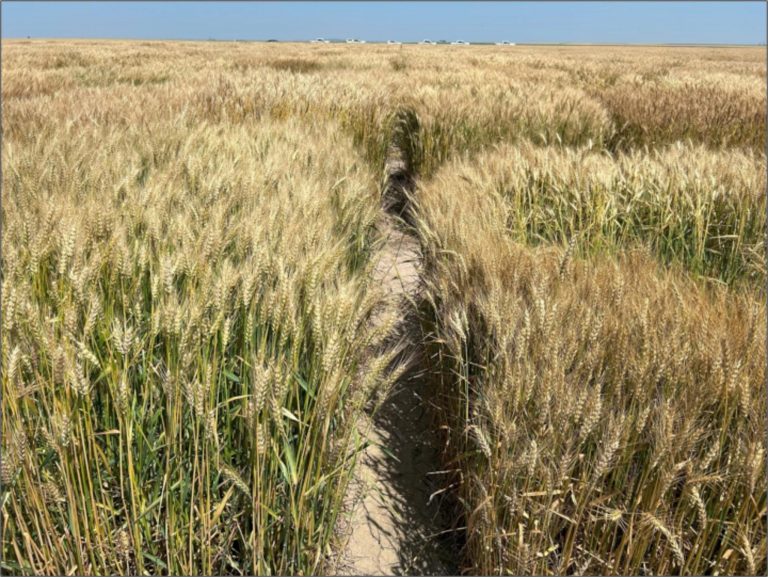
Kansas is an important “breadbasket” state because of its massive wheat production, but in recent years that’s been changing. With poor profits and drier climates, wheat has been harder to manage. New innovations could rejuvenate the economy and production of the wheat state.
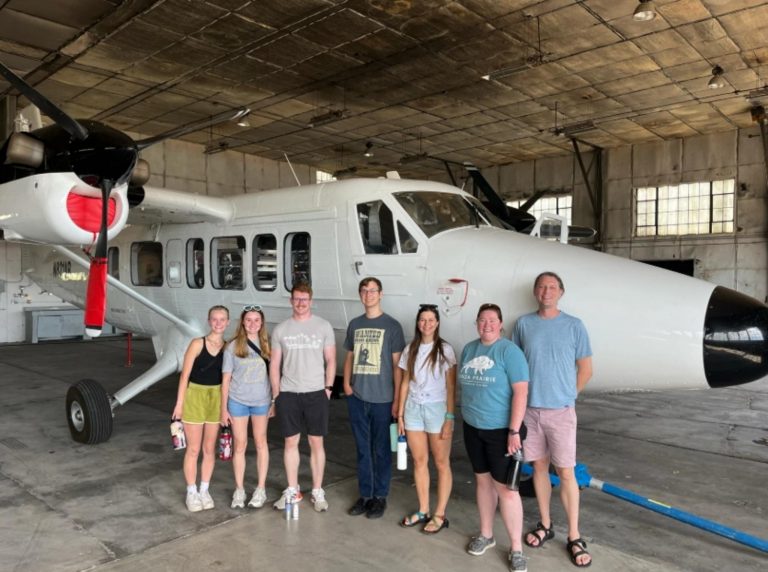
Trees and shrubs are invading prairies, hurting the wildlife and making it harder to ranch. Yet it’s hard to know the full extent of the problem, so Kansas State University found a way to map it out on the cheap.
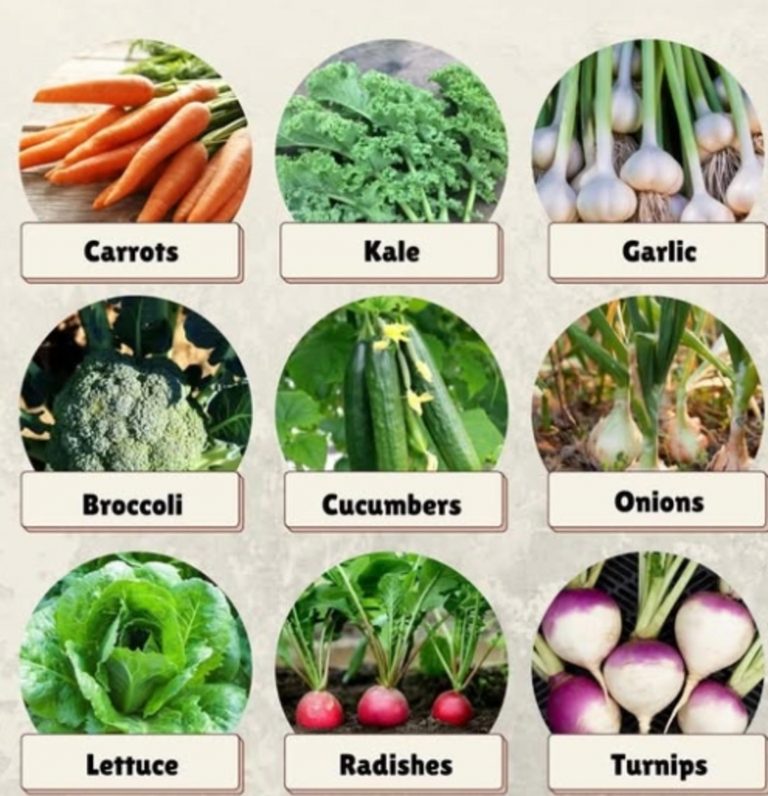
Radishes, spinach, turnips, mustard, lettuce and other leafy greens can be planted from mid-August to early September extending the harvest into fall. If planted in-ground, plant seeds slightly deeper than recommended for spring. This will give seeds access to slightly cooler soil that retains more moisture. Provide regular water until seeds germinate. Sprinkle a light layer of compost over the top of the seeds to prevent the soil from forming a crust.
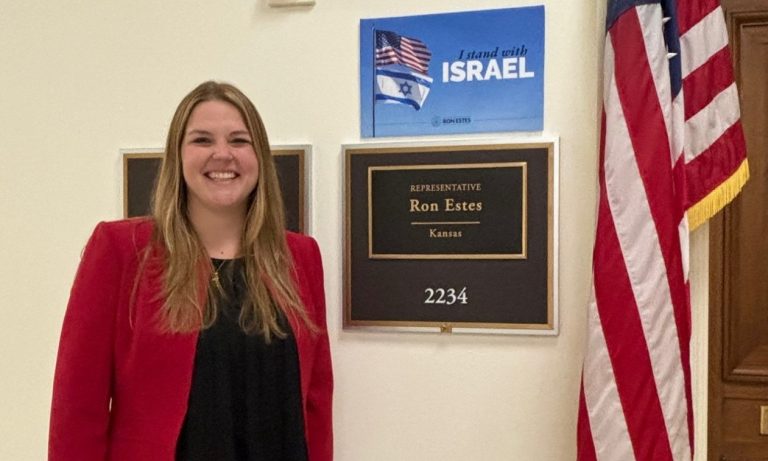
The agriculture industry is a small world. It doesn’t always feel that way when you’re in the middle of wheat harvest or out checking calves on a quiet evening, but time and again, I am reminded of how tightly connected this industry really is.